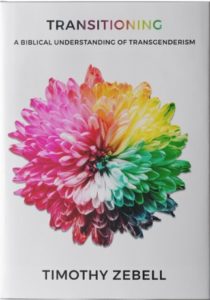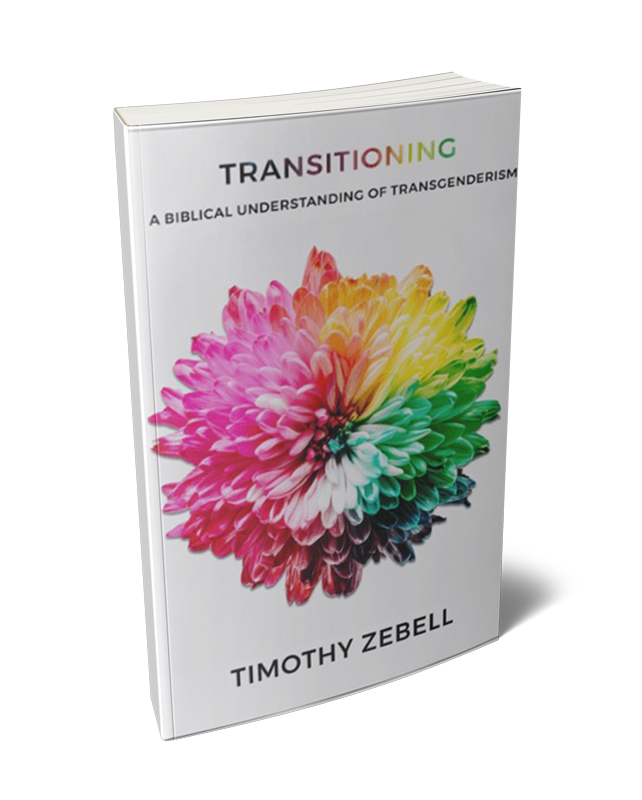Are our views about sexuality simply a giant game of make-believe? Is gender something we invented? What about our biological sex? And if they are inventions, then must they be the same thing?
Although transgenderism has long sought refuge amid the acronym LGBT—standing for lesbian, gay, bi-sexual, and transgender—the transgender community increasingly argues for a distinction between biological sex, sexual preference, and gender. According to a Time magazine article titled “The Transgender Tipping Point:”
Sex is biological, determined by a baby’s birth anatomy; gender is cultural, a set of behaviors learned through human interaction. … Sexual preferences, meanwhile, are a separate matter altogether. There is no concrete correlation between a person’s gender identity and sexual interests; a heterosexual woman, for instance, might start living as a man and still be attracted to men. One oft-cited explanation is that sexual orientation determines who you want to go to bed with and gender identity determines what you want to go to bed as.[1]
However, this idea that gender is a social construction that is independent of one’s biological sex is not limited to the transgender community. This game of make belief has many players from all around the world. According to the World Health Organization’s genomic resource center:
Sex and gender are both important determinants of health. Biological sex and socially-constructed gender interact to produce differential risks and vulnerability to ill health, and differences in health-seeking behaviour and health outcomes for women and men. (1) “Gender” describes those characteristics of women and men that are largely socially created, while “sex” encompasses those that are biologically determined. However, these terms are often mistakenly used interchangeably in scientific literature, health policy, and legislation.[2]
So popular is this game of make-believe that objective standards for determining and defining gender have mostly been abandoned in our nation. Instead, gender is now widely believed to be a fluid concept that is shaped by one’s culture and social environment. Because it is defined by social convention, it is called a “social construction.” According to the Feminist Agenda blog:
A social construction is something that doesn’t exist independently in the “natural” world, but is instead an invention of society. Cultural practices and norms give rise to the existence of social constructs and govern the practices, customs, and rules concerning the way we use/view/understand them. In other words, we all act as if they exist, and because of our intersubjective agreement, they do.[3]
Some even go so far as to claim that biological sex is also a social construction.[4] But where did these notions originate? Where did we get the idea that gender and biological sex are simply the result of a giant game of societal make-believe? The answer this question, we must look to the feminist movement of the 1960s.
This article comes from Transitioning: A Biblical Understanding of Transgenderism.

Download your free copy here.
Free Downloads
Share...
1. Steinmetz, Katy. “The Transgender Tipping Point: America’s Next Civil Rights Frontier.” Time magazine 183, no. 22 (June 9, 2014): 40.
2. World Health Organization. “Introduction: Genetics and Gender Mainstreaming.” n.d. Accessed May 9, 2016. http://www.who.int/genomics/gender/en.
3. “The Social Construction of Gender.” Feminist Agenda Blog, April 22, 2009. Accessed May 9, 2016. http://thefeministagenda.blogspot.com/2009/04/social-construction-of-gender.html.
4. Mey. “It’s Time for People to Stop Using the Social Construct of ‘Biological Sex’ to Defend Their Transmisogyny.” Autostraddle Blog, June 5, 2014, 4:26 p.m., PDT. Accessed May 25, 2016. http://www.autostraddle.com/its-time-for-people-to-stop-using-the-social-construct-of-biological-sex-to-defend-their-transmisogyny-240284.
Unless otherwise noted, all Scripture quotations are taken from The Holy Bible, English Standard Version, copyright ©2001 by Crossway Bibles, a publishing ministry of Good News Publishers. Used by permission. All rights reserved.









